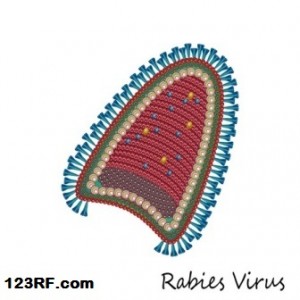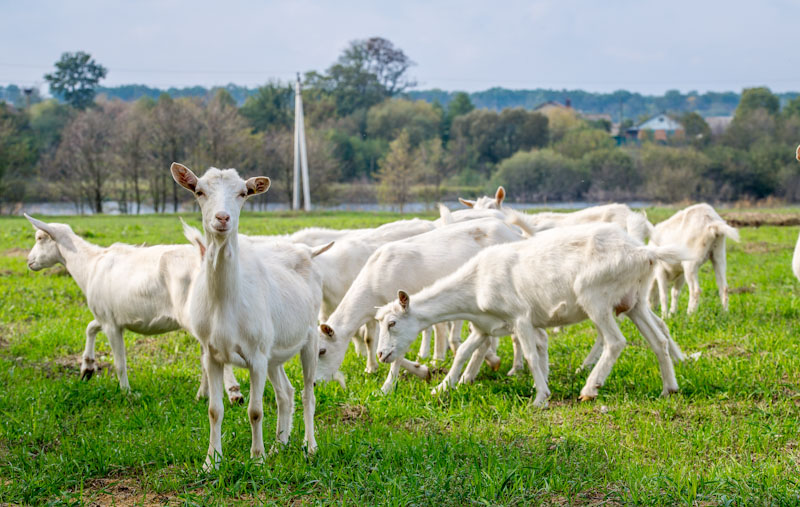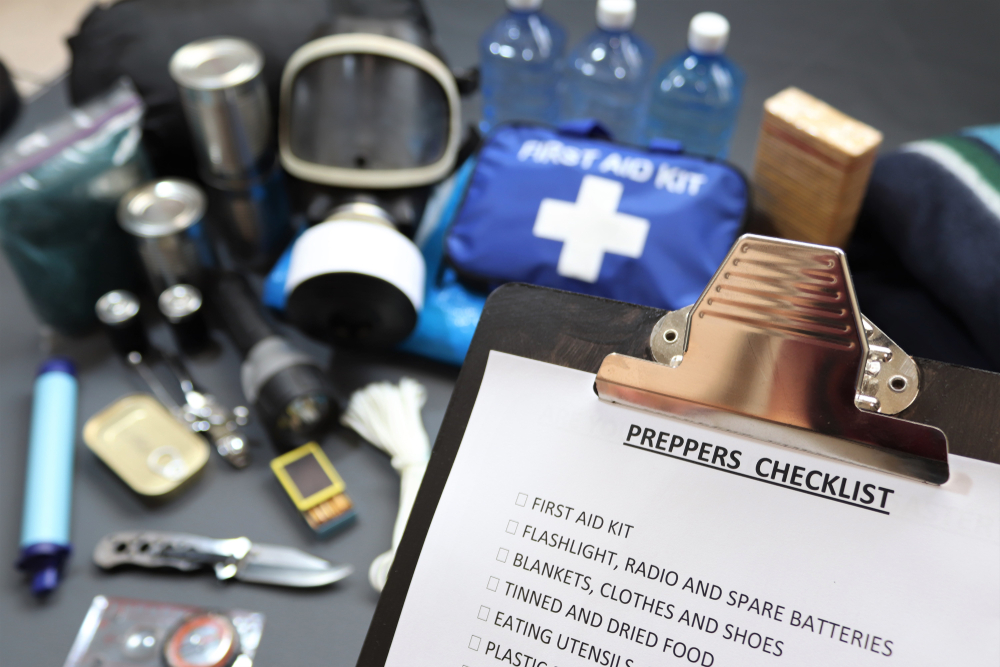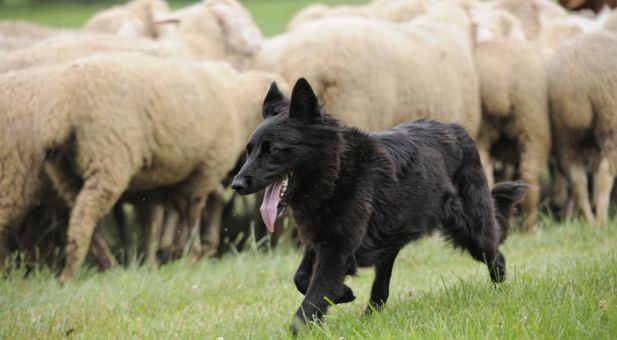
Although wild animals will bite when threatened or ill (or to protect their young or territory), most avoid humans if at all possible. Domestic pets, such as cats, dogs, and small rodents are the culprits in the grand majority of cases. Dog bites, the most common, are responsible for tens of millions of bite wounds every year, but they’re usually more superficial than cat bites; their teeth are relatively dull compared to felines.
Despite this, their jaws are powerful and can inflict crush injuries to soft tissues. Cats’ teeth are thin and sharp, and puncture wounds tend to be deeper. Both can lead to infection if ignored, but cat bites inject bacteria into deeper tissues and become contaminated more often.
Various animals carry disease which can be transmitted to humans, but the one most associated with animal bites is the Rabies virus. Rabies can be spread by dogs, cats, raccoons, skunks, bats, and opossums but no US cases have been caused, as of yet, by domestic cattle, squirrels, rabbits, rats, sheep, or horses.
{adinserter usdeception}Although the classic example is the rabid dog, cat bites are the most common cause among domesticated animals.
Wildlife, however, accounts for the grand majority of cases in the United States. Raccoons, opossums, skunks, coyotes, foxes, and bats are the most common wild vectors. It is estimated that 40,000 persons in the United States receive a rabies prevention treatment after exposure every year.
In addition, it is possible to develop tetanus and other infections from animal bites. Tetanus is a potentially fatal infection of the muscles and nervous system caused by the bacteria Clostridia Tetani.
First Aid when Bit
Most animal bites affect the hands (in adults) and the face, head, and neck (in children). Whenever a person has been bitten, the first and most important action is to put on gloves and clean the wound thoroughly with soap and water. Flushing the wound with an irrigation syringe will help remove dirt and bacteria-containing saliva.
An antiseptic will be helpful in decreasing the chance of infection. Betadine or Benzalkonium Chloride (BZK) are good choices. Be sure to control any bleeding with direct pressure.
You may read that you should close a wound from an animal bite, but in a survival setting, I would disagree. Any animal bite should be considered a “dirty” wound and should not be taped, sutured, or stapled shut. If the bite is on the hand, by the way, any rings or bracelets should be taken off. If swelling occurs, they may be very difficult to remove afterwards.
Frequent cleansing is the best treatment for a recovering bite wound. Apply antibiotic ointment to the area and be sure to watch for signs of infection. You may see redness, swelling or oozing. In many instances, the site might feel unusually warm to the touch. You can find out more about infected wounds in our video on the subjecton our YouTube channel (drbonespodcast), as well as our video on dealing with the open wound.
Oral antibiotics may be appropriate treatment (especially after a cat bite): Although Amoxicillin with Clavulanic acid 500 mg every 8 hours for a week is a good first line therapy, Clindamycin (veterinary equivalent: Fish-Cin) 300 mg orally every 6 hours and Ciprofloxacin (Fish-Flox) 500 mg every 12 hours in combination is also a good choice, with Azithromycin, Metronidazole (Fish-Zole) and Ampicillin-Sulbactam as other options.
Children who suffer animal bites may become traumatized by the experience. In some cases, they may even develop a form of Post-traumatic Stress Syndrome and benefit from counseling.
Children should be informed about the risks of animal bites and should be taught to avoid stray dogs. Be wary of leaving any small child unattended around animals. Fatalities have occurred because there was no able-bodied person to intervene.
Rabies is a dangerous but, luckily, uncommon disease that can be transmitted by an animal bite. The grand majority of cases are found in underdeveloped countries.
In the United Kingdom, rabies is almost unheard of, although there has been a report or two of infection from bat bites in 2012.
A person with rabies is usually symptom-free for a time which varies in each case (average 30 days or so). The patient will begin to complain of fatigue, fever, headache, loss of appetite, and fatigue. The site of the bite wound may be itchy or numb.
A few days later, evidence of nerve damage appears in the form of irritability, disorientation, hallucination, seizures, and eventually, paralysis. The victim may go into a coma or suffer cardiac or respiratory arrest. Once a person develops the disease, it is often fatal.
Vaccinations are available to prevent the disease. Regardless of your general opinion regarding them, it might be reasonable to consider if you work with animals as an occupation. The CDC also recommends tetanus shots in those who haven’t had one in the last five years.
It is important to remember that humans are animals, and, in a survival setting, you might see bites from this source as well. Approximately 10-15% of human bites become infected, due to the fact that there are over 100 million bacteria per milliliter in human saliva.
Although it would be extraordinarily rare to get rabies as a result of a human bite, transmission of hepatitis, tetanus, herpes, syphilis, and even HIV if possible.
Treat as you would any contaminated or dirty wound.
This article was written as a Guest Writer for Survivopedia by Joe Alton, M.D., aka Dr. Bones of www.doomandbloom.net.
Disclaimer: The opinions voiced by Joe Alton, M.D., and Amy Alton, A.R.N.P., aka Dr. Bones and Nurse Amy, are their own and are not meant to take the place of seeking medical help from your healthcare provider. The practice of medicine without a license is illegal and punishable by law. Seek modern and standard medical care whenever and wherever it is available.









Kitty | May 28, 2014
|
You can use Bee Propolis for any bite, sting, burn, cut just brush it on after you clean the wund and it will heal twice as fast it is antibacterial, anit-viral, anti-fungal
anti-inflammatory and pain relief .
Have a gum problem just brush it with a Qtip 2 times per day and the inflammation is gone in 2 days
Daniel | May 30, 2014
|
Raw honey works also. Have any of you ever heard of an opossum having rabies? They are not mammals and I thought that only mammals caught rabies.
don huber | October 11, 2015
|
what about salt.
soap and water great. or alcohol, peroxide, etc
but a puncture wound without antibiotics not much is going to help.
i would like to hear some feed back on wounds treated with Epsom salts .
i am treating a dog bite on the hand right now by packing the hole with Epsom salt then placing lose piece of gauze over top and a piece of tape to hold in place (note as lose as possible to allow wound to breath. it is about 1/2 to 3/4 inch deep and immediately became infected (swollen red pain etc)
note i had tetanus shot and do have levaquin and augmentin. on stand-by.
if the infection, redness and swelling start to move past the hand and into the wrist and arm i will use the antibiotic asap.
i have use epsom salt for many other topical infections boils, cuts, moderate road rash ingrown toenails .
so far day 2 infection is about 50% less.
the salt treatment can be used for so many different applications i am surprised i never see it addressed on outdoors or survival web sites or books.
can also mix the salt with ointment (steroid) or bactroban-mupirocin.
the bactroban oint salt mix is most effective for worst infections.
of course standard common sense medicine applies. if medical care is avail. use it! if it is a very deep, serious, or large would or major blood loss then 90% your dead without professional medical treatment.
but levaquin, augmentin, bactroban, epson salt would be in my back woods bag. b/c for most people you will get medical care, its just that you may be 3-5 days away from it so goal becomes minimize damage and infection until you get that treatment. also note deep or large wound salt no good because will get absorbed and screw up electrolytes and blood pressure and volume. etc.
Pingback:Emergency Medicine: Treating Animal Bites Correctly | TheSurvivalPlaceBlog | May 29, 2014
|
Jay Hill | May 29, 2014
|
Almost all first aid writers recommend the use of antibiotics for a variety of injuries. I have not been able to find any source for these without a prescription. How does one obtain antibiotics without already being sick?
joe alton aka dr bones | June 20, 2014
|
I was one of the first to write about the use of aquarium antibiotics for post-apocalyptic scenarios. You’ll find the info you need by going to the “antibiotic” category in the left sidebar of the main page at http://www.doomandbloom.net.
Just George | May 30, 2014
|
This is great information. Thanks for sharing!
Daniel | May 30, 2014
|
I have never heard of an opossum having rabies.
Tine | June 1, 2014
|
Oppossums are mammals, yes! They carry their young with them like a kangaroo. So treat their bites the same as cat or dog bites.
Daniel | June 1, 2014
|
Thanks Tine. I did some research on it and found out that it is possible, but it is also extremely rare. I have spent most of my 69 years outdoors and just wondered. I have seen, raccoons, skunks, dogs, cats and foxes with rabies or at least they had the symptoms of it. I am not a vet, so it could have been something else, but I take no chances. I can’t remember ever seeing a sick opossum in the wild, but they are nocturnal.
Pingback:Emergency Medicine: Treating Animal Bites Correctly – | August 22, 2014
|
Pingback:4 Snakes To Beware Of In American Wildernessdisasterdefense.us | disasterdefense.us | May 8, 2015
|
Pingback:Raw Honey Works Better Than Drugs for Herpes! | Herpes Survival Kit | June 4, 2015
|
Pingback:4 Snakes To Beware Of In American Wilderness | Survivopedia | July 25, 2018
|